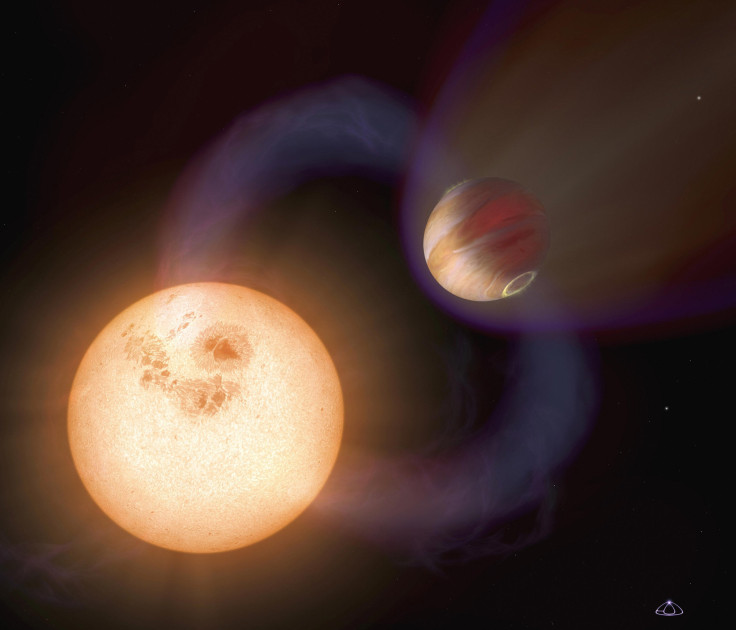Strange Neptune-Sized Exoplanet Resembling Inflated Balloon Discovered, May Hold Key To Helium Research

A team of scientists discovered an exoplanet that resembles an inflated balloon, not just because it is shaped like one, but because it is filled with helium.
The international team of astronomers, including experts from the University of Geneva, said the unique exoplanet, about the size of Neptune and four times larger than Earth, has an average temperature of 1,022 degrees Fahrenheit.
The discovery of thousands of unique exoplanets orbiting the universe is not a scientific breakthrough anymore. This particular discovery, however, was exciting for the scientific community because this was the first time in 18 years that they were able to observe exactly how helium escapes from one gaseous exoplanet’s atmosphere.
Helium is the second most abundant element in the universe. In 2000, scientists theorized that helium could be the perfect signal from which they could observe and study the atmosphere of exoplanets. It was only this year that they were able to witness how helium behaves.
The study, published in the journal Science on Dec. 6, was able to calculate a numerical simulation for how helium moves and why, from humans’ point of view, this gas became like a tail trailing a star or other cosmic bodies. The numerical simulation was able to track the exact trajectory of helium atoms escaping a cosmic body.
"Helium is blown away from the day side of the planet to its night side at over 10'000 km/h because it is such a light gas, it escapes easily from the attraction of the planet and forms an extended cloud all around it,” Vincent Bourrier, co-author of the study, explained.
As for the unique balloon-like shape of the discovered exoplanet, the study said this could be explained by how the exoplanet was positioned in relation to its star. "We suspected that this proximity with the star could impact the atmosphere of this exoplanet," Romain Allart, first author of the study, said.
The exoplanet was affected by the stellar radiation coming from the star, illuminating how the helium escapes to space.
Since 2000, experts knew that helium was extremely hard to spot from space since they are located in the infrared that previous instruments could no longer detect. For this present study, however, the team of international scientists used a telescope equipped with a new feature, a spectrograph called Carmenes.
Christophe Lovis, another co-author of the study, added that the result of their observation also helped in promoting the appreciation for the Carmenes as an integral tool in scientific studies. With the study, he hoped that more telescopes with Carmenes feature will be deployed in different locations across the world.
© Copyright IBTimes 2025. All rights reserved.





















